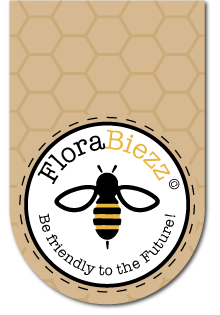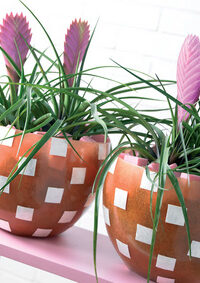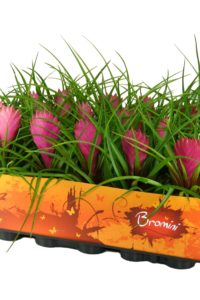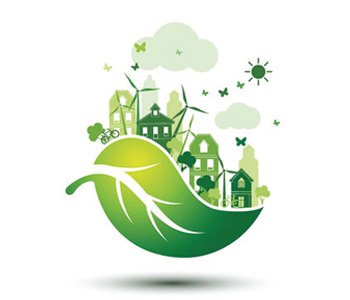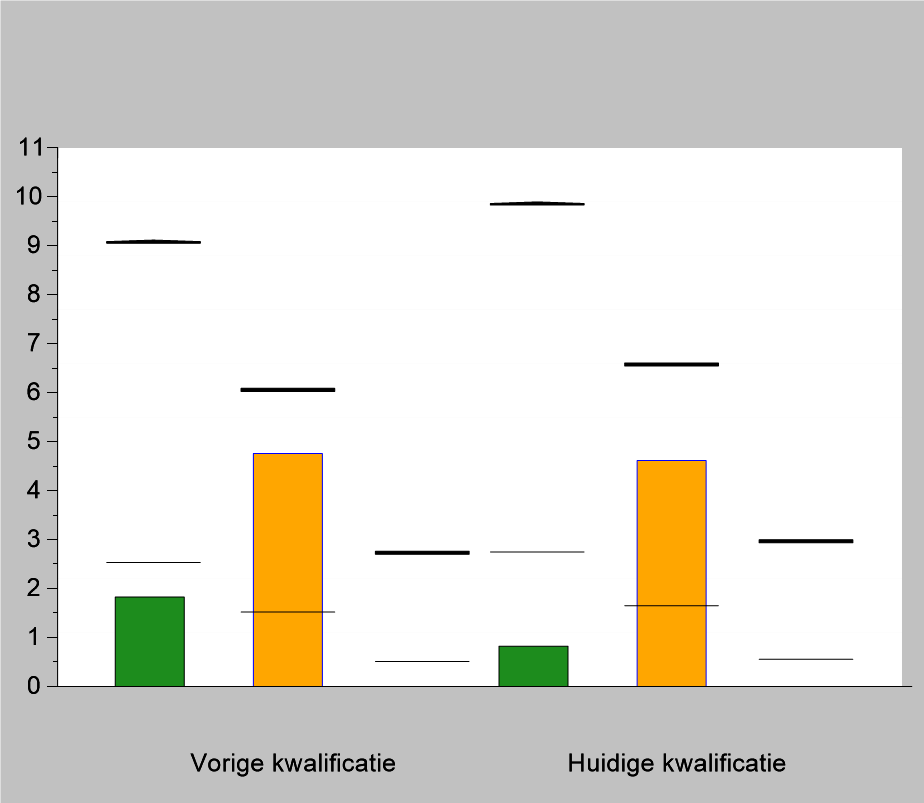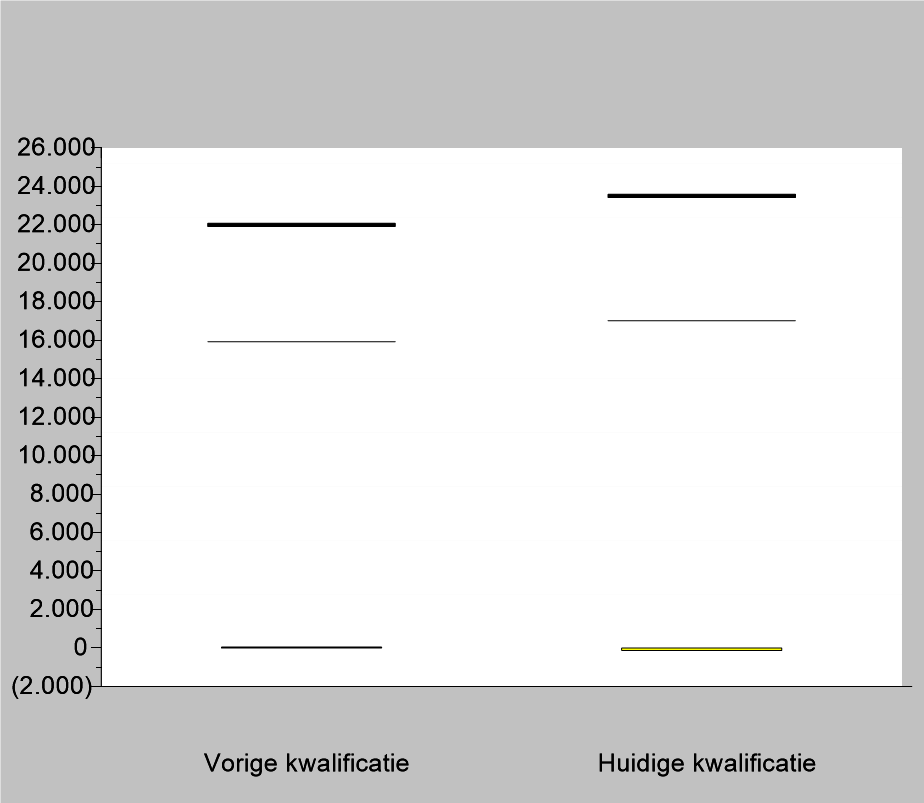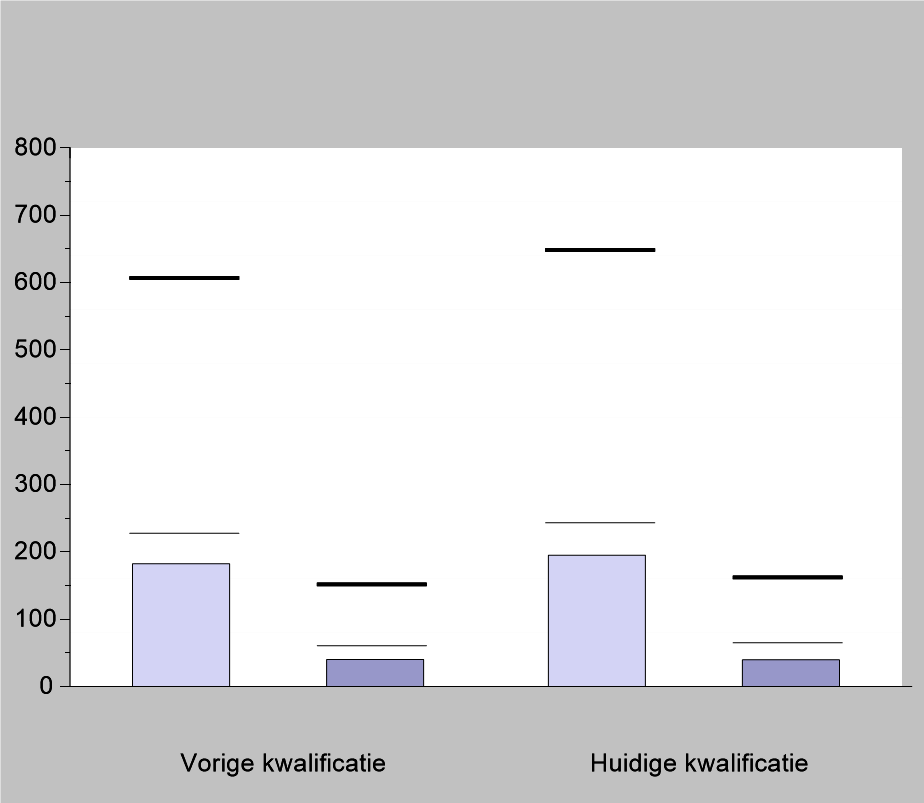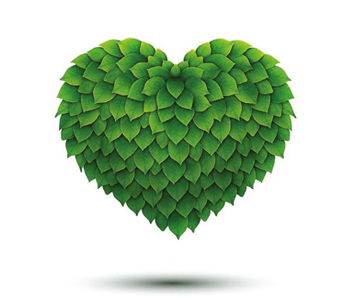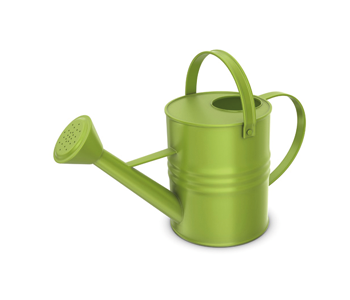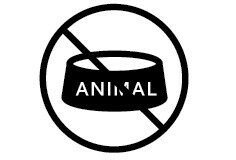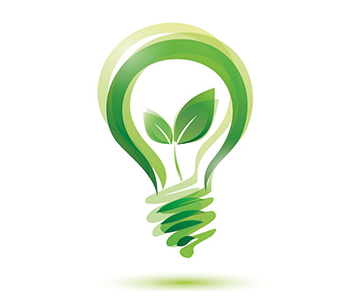De Nederlandse glastuinbouw staat wereldwijd bekend om zijn innovatiekracht. Om de concurrentie vanuit andere delen van de wereld een stap voor te zijn is men continue op zoek naar betere efficiëntie van gebruik van grondstoffen en ruimte. Dit uiteraard zonder op de (top)kwaliteit van het Nederlands product te besparen.
De glastuinbouw in Nederland kan dit hoge tempo van innovatie aan door een sterke relatie tussen onderzoek en praktijk. Daarnaast wordt er veel kennis uitgewisseld tussen de ondernemers om samen vooruitgang te boeken. Zelfs de bloemenveilingen zijn hier een voorbeeld van als één van de grootste coöperaties ter wereld.
Hieronder beschrijven wij enkele voorbeelden van deze innovatiekracht.
Biologische bestrijding en geïntegreerde bestrijding
Om het gebruik van bestrijdingsmiddelen te minimaliseren en een betere balans te vinden tussen plaagdieren en hun natuurlijke vijanden worden in de kassen natuurlijke vijanden van de plaaginsecten ingezet. Door de intensieve kennisuitwisseling van de kwekers en hun leveranciers zijn kwekers steeds meer in staat om met biologische oplossingen een top kwaliteit product te produceren.
Warmtekrachtkoppeling (WKK)
Een warmtekrachtkoppeling is een grote motor, afkomstig uit de scheepvaart. Alleen is deze omgebouwd om op aardgas te draaien. Het rendement van deze motor is hoger dan het gebruik van traditionele gasketels. Deze motoren drijven namelijk een generator aan die elektriciteit opwekt. Deze elektriciteit wordt gebruikt in de eigen kwekerij of terug geleverd aan het openbare elektriciteitsnet. De ‘restwarmte’ die de motor produceert wordt gebruikt om de kassen te verwarmen. De uitlaatgassen kunnen na reiniging zelfs gebruikt worden om de planten te voorzien van CO2. Alles bij elkaar leveren deze motoren een rendement wat wel 20% hoger kan liggen als de traditionele manier van verwarmen (gasketels).
Aardwarmte (Geothermie)
Bij Geothermie wordt gebruikt gemaakt van aardwarmte. Met een boortoren wordt een bron geboord naar een diepte van 2-3 km. Op deze diepte kan water worden ‘geoogst’ van meer dan 80 graden. Deze warmte wordt gebruikt om de kassen te verwarmen en vervolgens wordt het afgekoelde water weer terug gebracht in de bodem via een 2e bron. De verwachting is dat deze bronnen voldoende warmte kunnen blijven produceren, zelfs langer dan de levensduur van een kas.
Het boren van de bron is een enorm kostbare investering. Daarnaast is er een groot risico op het ‘mislukken’ van de boring. Door samen te werken met elkaar en met overheden zijn we in Nederland in staat om ervaring op te doen met deze manier van duurzame verwarming van kassen.
Waterzuivering
Planten hebben water en voedingsstoffen nodig om te groeien. Op steeds meer kwekerijen wordt gebruikt gemaakt van hergebruik van drainage water. Dit is water wat opgevangen wordt voordat het naar de ondergrond verdwijnt. In dit ‘drainage water’ zitten nog veel voedingsstoffen die bruikbaar zijn voor de planten.
Door dit water opnieuw te gebruiken en te mengen met schoon water worden er minder meststoffen gebruikt.
Het drainage water bevat echter ook de ‘verkeerde stoffen’. De hoogte van deze verkeerde stoffen bepaald hoeveel water hergebruikt kan worden. Door het toepassen van nieuwe technieken ontstaan er mogelijkheden om deze ‘verkeerde stoffen’ uit het water te filteren.
Diffuus glas
Bij nieuwbouw kiezen steeds meer kwekers ervoor om hun kassen te bedekken met diffuus glas. Diffuus glas zorgt ervoor dat licht zich veel gelijkmatiger over het gewas verdeelt zonder schaduw of lichtvlekken. Dit leidt tot een gelijkmatiger kasklimaat.
Temperatuur en vochthuishouding kunnen zo nauwkeuriger beheerst worden, waardoor bv. het openen van de luchtramen beperkt kan worden, hetgeen leidt tot een lagere CO2 uitstoot.
LED –verlichting in de glastuinbouw
Een nieuwe innovatie in de tuinbouw is het gebruik van LED-belichting. Niet te vergelijken met LED verlichting welke wordt toegepast bij consumentengebruik. In de tuinbouw is sprake van ‘power-LED’s’ die een veel hogere lichtopbrengst hebben. Het grote voordeel van deze ‘power-LED’s heeft alles te maken met duurzaam ondernemen: energiebesparing ten opzichte van hogedruknatriumlampen (oranjekleurig verlichting). Hierdoor kan meer dan de helft aan energie worden bespaard.
Nog een groot voordeel is dat bij gebruikmaking van LED’s de gewassen beter te sturen zijn met behulp van de verschillende kleuren in het licht. Dit ten gunste van een betere groei en een hogere kwaliteit van het product.
